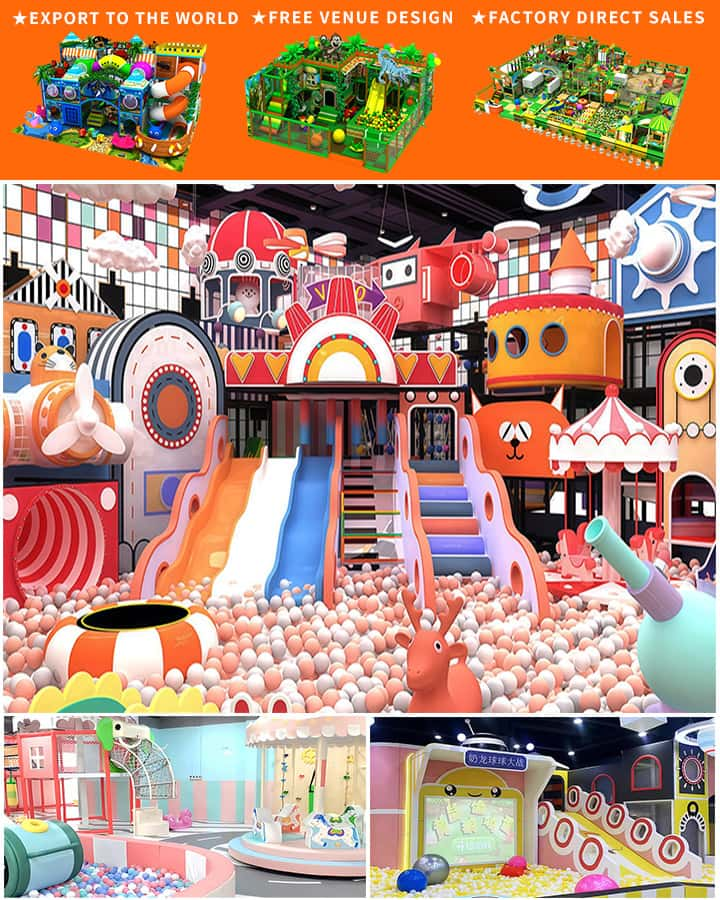Planning to open a trampoline park? One of the most vital aspects of your project is understanding the costs involved in acquiring and installing the necessary equipment. From trampolines to foam pits, each piece of equipment plays a crucial role in providing a safe and fun environment for visitors. In this comprehensive guide, we will break down the various elements contributing to trampoline park equipment costs, offering insights to help you plan your budget effectively.
Initial Investment: Laying the Groundwork
Before diving into specific costs, it’s important to consider the initial investment required to set up a trampoline park. This includes land acquisition or lease, building construction or renovation, as well as the purchase of equipment. Depending on the scale and location of your venture, these initial expenses can vary significantly. However, the focus here is on the equipment costs, which form the backbone of any trampoline park.
Trampolines: The Core Attraction
At the heart of any trampoline park are the trampolines themselves. These come in various sizes and types, including standard recreational trampolines, performance trampolines, and specialized models like angled wall trampolines for advanced tricks. On average, a high-quality commercial trampoline costs between \(1,000 to \)2,500 per unit. Larger installations or custom designs may push this figure higher.
For a medium-sized trampoline park, you might need anywhere from 25 to 50 trampolines. This brings the total cost for trampolines alone to a significant portion of your budget, ranging from \(25,000 to \)125,000 or more, depending on the quality and quantity of trampolines purchased.

Safety First: Foam Pit and Air Bags
Safety is paramount in a trampoline park, and equipment such as foam pits and air bags play a critical role in protecting jumpers from injuries. A foam pit generally ranges in cost from \(5,000 to \)15,000, depending on its size and features. Air bags, which provide a softer landing surface, typically cost between \(3,000 and \)10,000 each.
Given that most trampoline parks include multiple foam pits and at least one air bag, you could expect to allocate around \(20,000 to \)50,000 towards these safety features.
Adding Variety: Additional Features and Accessories
To enhance the appeal of your trampoline park, you might want to include additional features such as climbing walls, battle beams, basketball hoops, and obstacle courses. Each of these items comes with its own cost:
- Climbing Walls: \(5,000 to \)15,000 each
- Battle Beams: \(2,000 to \)5,000 each
- Basketball Hoops: \(500 to \)1,500 each
- Obstacle Courses: \(10,000 to \)30,000 each
Depending on how many and what kind of additional features you incorporate, this could add another \(20,000 to \)100,000 to your budget.
Maintenance and Replacement Costs
While initial setup costs are substantial, ongoing maintenance and potential replacement costs must also be factored in. Regular inspections, repairs, and eventual replacements of worn-out equipment are essential to ensure safety and continued enjoyment. It’s advisable to set aside around 10% of your initial equipment budget annually for these purposes.
Conclusion: Plan for Success
In conclusion, the cost of setting up a trampoline park is influenced by a multitude of factors, with equipment being one of the largest expenses. By carefully planning and budgeting for trampolines, safety features, additional attractions, and ongoing maintenance, you can create an exciting and safe environment for your customers while ensuring financial viability for your business. Remember, the key to success lies not just in managing costs but also in delivering exceptional experiences that keep your customers bouncing back for more.




